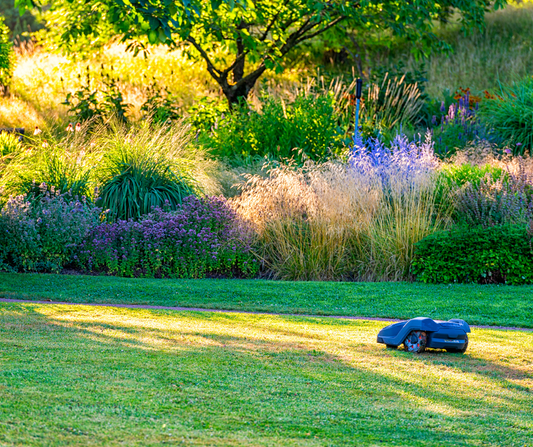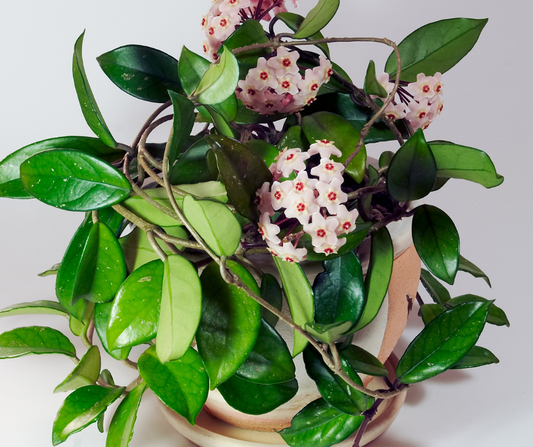
Dynamic autumn stalks
shares
A garden without grass is like an autumn landscape without fog.
The stalks sway gently, quietly and transparently in the wind and their color nuances create a cozy atmosphere. Small-growing varieties are ideal for balconies and terraces.
Grasses often act as supporting actors, planted in borders and as large-scale greenery. There they bridge the flowerless periods of their neighbouring plants or fill seasonal gaps. The perennials often only bloom filigree, are delicate in their structure and appear unobtrusive. However, if an ornamental grass can develop to its full size in its growth form, grasses become brilliant fireworks of panicles, rods and leaf stalks - and play a leading role all year round.
Robust plants
Grasses look particularly attractive in winter, when frost or snow covers their stalks. Their long, tapered leaves are then accentuated by ice crystals. Most grasses are hardy, but those planted in pots should still be kept somewhat protected. The limited root space is exposed to strong temperature fluctuations, which is why potted grasses can sometimes "freeze dry". However, if the soil always remains slightly moist and the stalks are tied together over the winter, the grasses near the house will survive even cold winters unscathed. In spring, comb out the evergreen perennials with your fingers - these should be wearing protective gloves - so that the dead parts come out. Those grasses that die completely above ground will sprout again in spring. In these cases, the entire tuft can be cut back heavily towards the end of winter. You may want to enrich the pot with compost or stimulate growth with a dose of horn shavings. Clump-forming grasses can be easily propagated at this time by dividing their root balls.

New root space
Especially now in autumn, there are a lot of potted grasses for balcony gardens on offer in stores. The perennials are often in a plastic pot that is too small and should definitely be planted in a larger, frost-hardy container with a diameter of around 5 cm. This also applies to small varieties such as the feather grass (Pennisetum alopecuroides 'Little Bunny') or various blue fescue species (Festuca glauca).
1.

2.

The attractive New Zealand and Japanese sedges (Carex) also like more soil volume and present their pretty winter green dress all year round. Ornamental grasses like permeable and sandy soil. Good drainage is important; to do this, place a piece of clay on the hole beforehand. Tear open the heavily rooted root ball in the middle or cut it crosswise with scissors - cutting stimulates root growth. This means that the plant has enough soil volume in the new container to enlarge its root ball and thus grow.
3.

4.

Et Voila, nothing stands in the way of your grass pot garden and you will enjoy your plants for a long time!

Our shop is currently under construction, you will also be able to purchase some plants and containers as well as related materials from us!



